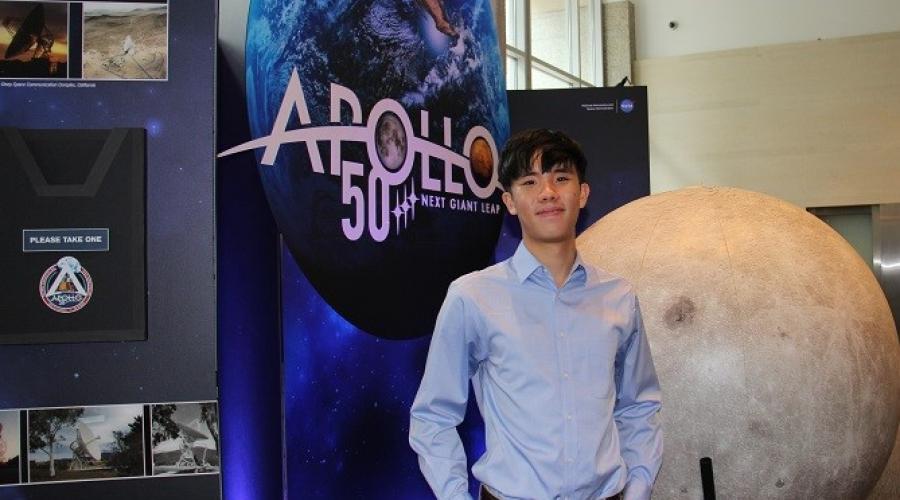Jay Krishnan Highlights His Trip to CERN
By Jay Krishnan, Intel ISEF 2011
Although, I did miss both my prom and graduation for the all-expense-paid trip to CERN that I and eleven other Finalists had won at the Intel International Science and Engineering Fair (Intel ISEF), I would not have traded the experience for the world.
Having read Dan Brown’s highly acclaimed novel Angels and Demons and written several articles for my school paper regarding the recent experiment where anti-matter was captured (http://tinyurl.com/6h5eqdp, page 8), going to CERN was definitely on my to-do list. However, I had not even dreamt about such a trip while still being a high school student. Thanks to Intel ISEF and Society for Science & Public, I had won a once in a lifetime opportunity to tour the largest nuclear facility in the world through the eyes of the prominent Large Hadron Collider (LHC).
In just seven days, I learned a lot, made friends of a lifetime, and had a proton- banging time. Guided by the former head of CERN’s Information Technology department, Wolfgang Von Rueden, and assisted by SSP representative Diane Rashid, I attained a thorough understanding of the departments at CERN, went hiking in the Swiss Alps, visited a salt mine, toured a castle, went to a blues concert, ate some exquisite food, and even got to hang out with four eminent scientists who worked in the field of Hadron therapy.
I still remember talking to my friend Sahir Raoof on the plane to Geneva without knowing what to expect from this trip. However, as we stepped onto the campus of CERN and saw the streets named after prominent physicists such as Albert Einstein, Neils Bohr, and Wolfgang Paul, we knew that the trip would be awesome. As we walked through the control rooms of the detectors, Alice and Atlas, and listened to the stimulating lectures ranging from the discovery of antimatter to the creation of particle accelerators, our scientific curiosities had indeed been fulfilled.
What amazed me the most was that CERN was a haven for interdisciplinary research, not just pure physics. Although the discovery of the Higgs Boson—currently a hypothetical particle used to attribute the force of gravity—is a project that many scientists from all over the world are working on at CERN, many scientists are also working on a new yet costly type of treatment where tumors can be destroyed with the application of anti-matter. Both the information I learned regarding the medical uses of nuclear physics and the lecture given by David Barneyon detectors have inspired me to apply for one of CERN’s undergraduate summer programs next fall where I hope to aid in the discovery of some of the medical applications of the CMS detector and possibly do research in the field of Hadron therapy in the future.
Wearing my CERN hat and a t-shirt, which displays a proton collision, I came back to the States with an experience under my belt that my fellow peers can only dream of. I would like to thank Ms. Rashid and Dr. Von Rueden and his team for taking me and my eleven fellow finalists on the best scientific adventure of our lives.


